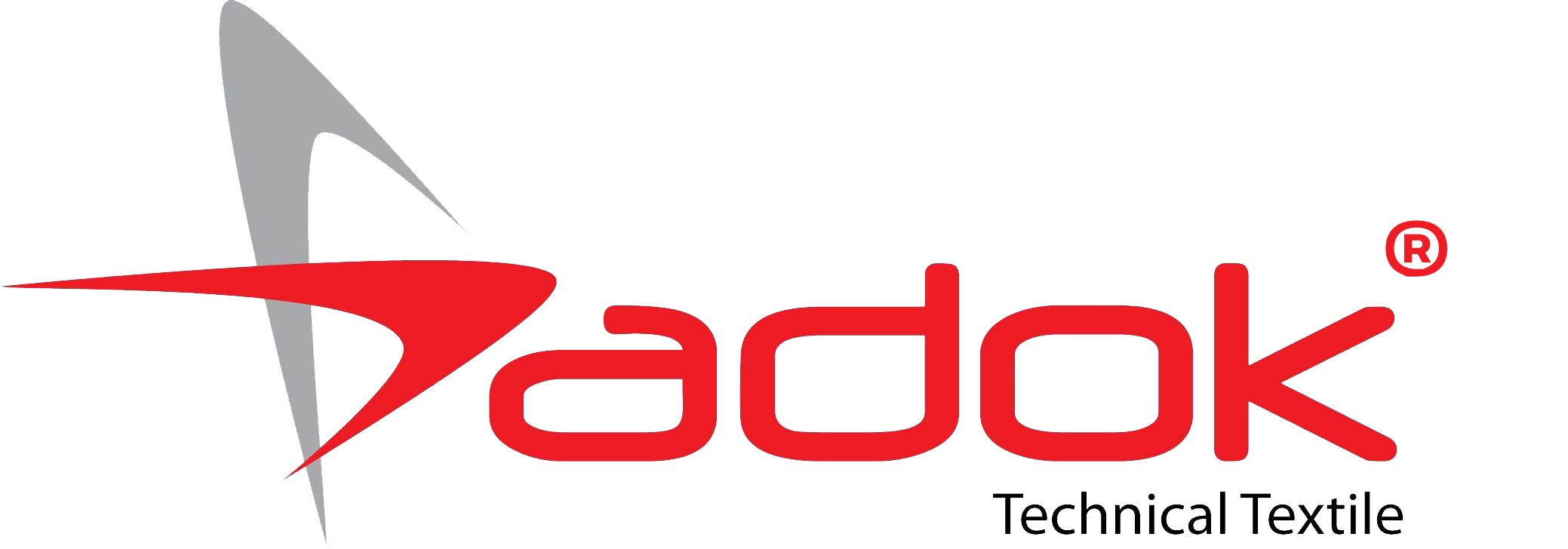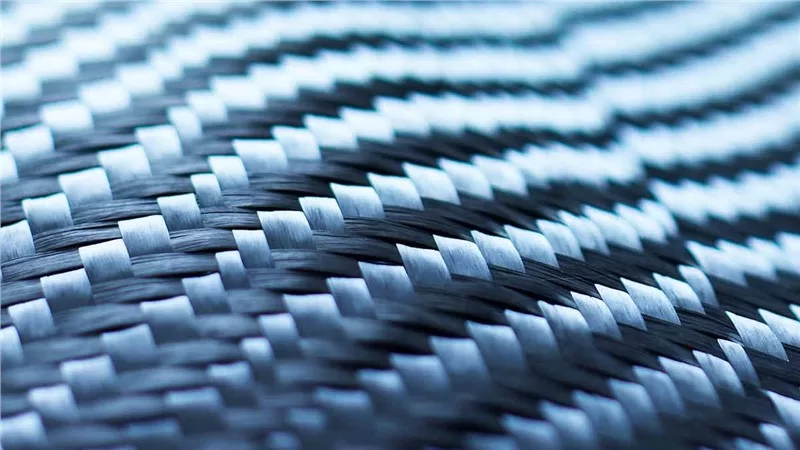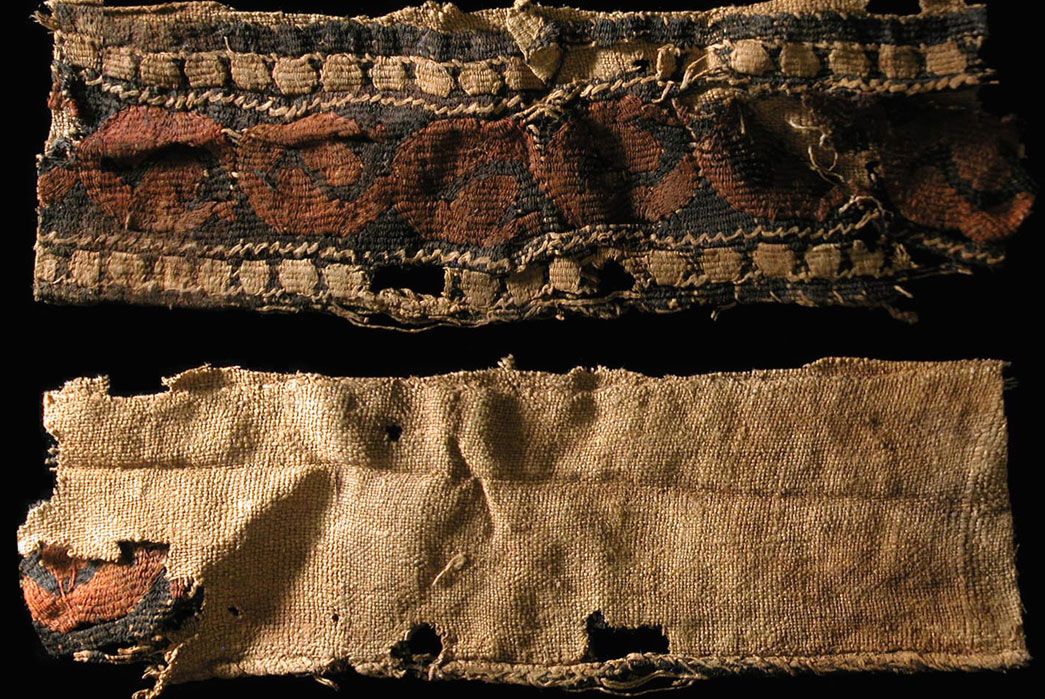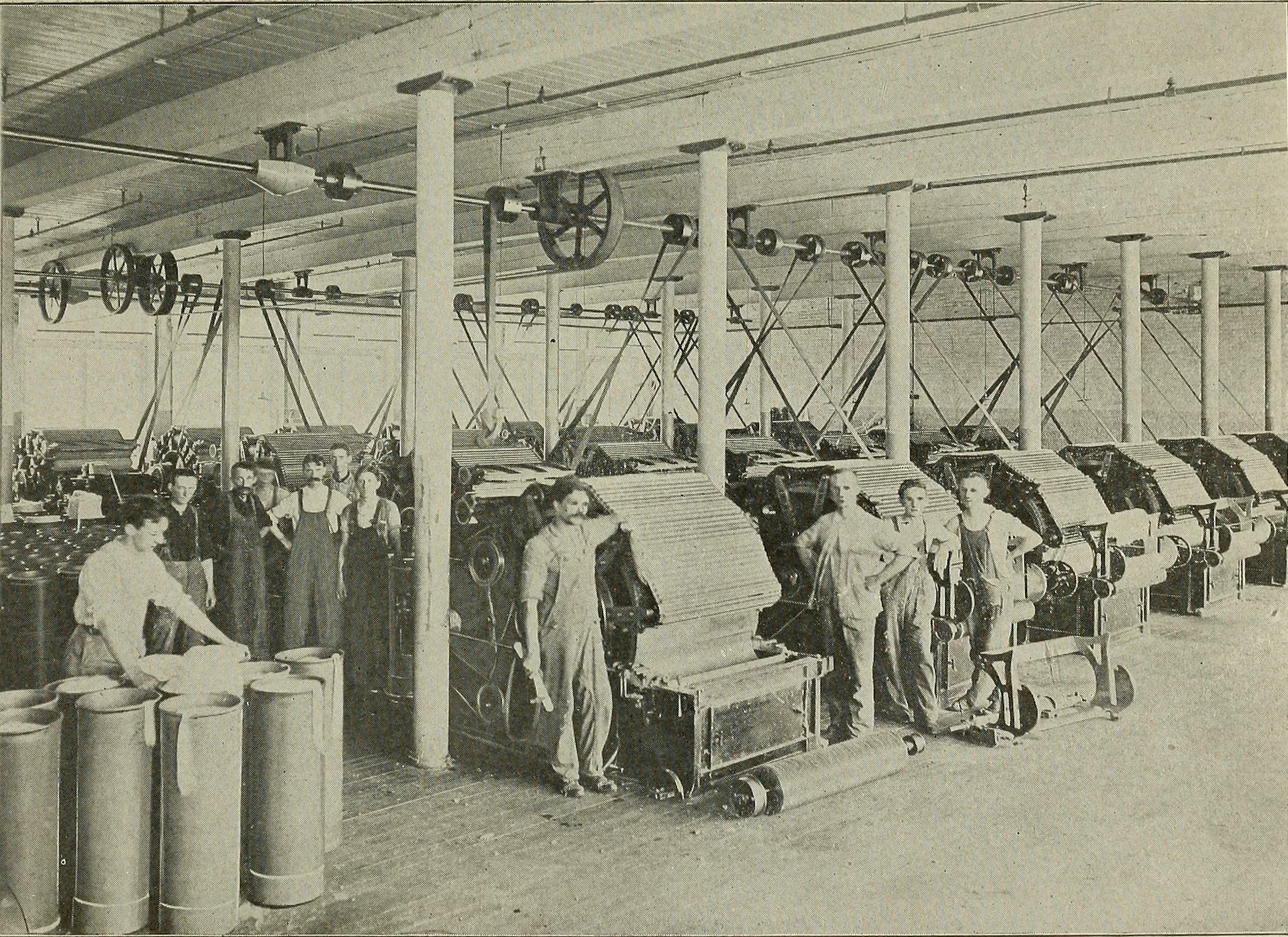Auto Upholstery Fabric
Auto Upholstery FabricAuto Upholstery Fabric
Fabric weaving is the process of creating a fabric by interlacing two sets of threads
Auto Upholstery Vinyl
Auto Upholstery VinylAuto Upholstery Vinyl
Artificial leather, also known as faux leather or synthetic leather,
Car Seats Covers
Car Seats CoversCar Seats Covers
Car seat covers are protective coverings designed to be placed over the seats of a vehicle to protect them from wear and tear,
Knitted Fabrics
Knitted FabricsKnitted Fabrics
Knitted Fabric
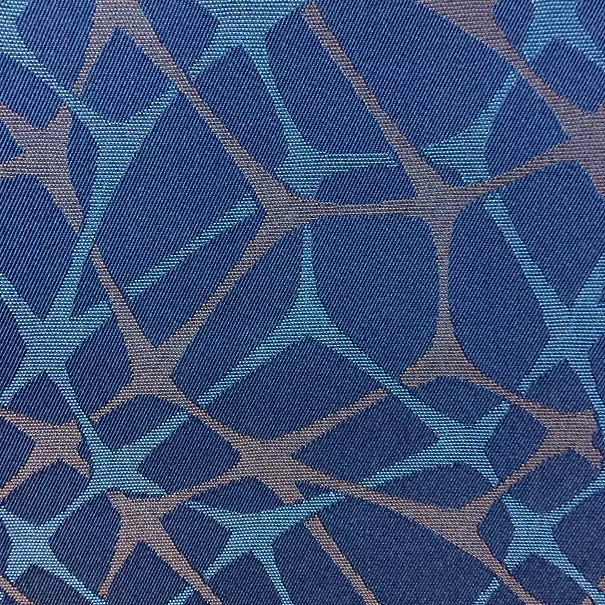 Fabric weaving is the process of creating a fabric by interlacing two sets of threads – the warp and the weft. This process is an age-old technique that has been used for thousands of years to create a wide range of fabrics used for clothing, home décor, and various other applications.
Fabric weaving is the process of creating a fabric by interlacing two sets of threads – the warp and the weft. This process is an age-old technique that has been used for thousands of years to create a wide range of fabrics used for clothing, home décor, and various other applications.
The warp threads are the vertical threads that are stretched out tightly on a loom, which is a frame designed to hold them in place. The weft threads are then woven horizontally through the warp threads to create the fabric. The weaving pattern used can determine the texture, strength, and overall appearance of the fabric.
There are two primary methods of fabric weaving – hand weaving and machine weaving. Hand weaving involves the use of a hand-operated loom and requires a high level of skill and precision. Machine weaving, on the other hand, uses automated equipment that can produce fabrics much more quickly and efficiently.
There are a wide variety of fabrics that can be created through the weaving process, including cotton, linen, silk, wool, and synthetic fibers. The properties of the fabric, such as its durability, breathability, and texture, are largely determined by the type of fiber used in the weaving process.
One of the benefits of fabric weaving is that it allows for the creation of a wide range of fabrics with different properties and textures. The choice of fibers, weaving pattern, and finishing techniques can all be adjusted to produce a fabric that is well-suited for a particular application.
Fabric weaving has played an important role in the textile industry for thousands of years and continues to be a vital production technique today. The ability to create fabrics in a wide range of colors, textures, and patterns has made fabric weaving an essential part of the fashion and home décor industries, as well as for a variety of other applications.
